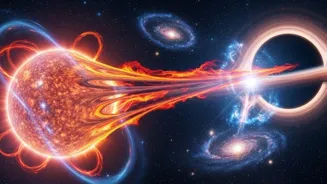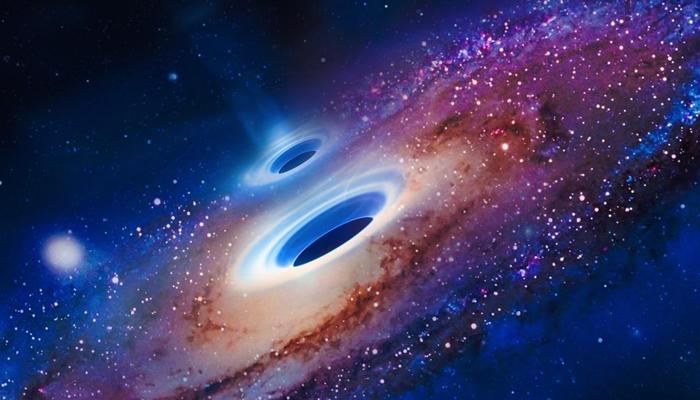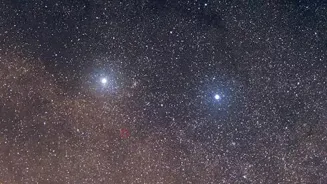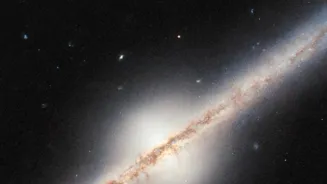Astronomers have documented what appears to be a new type of supernova, as stellar explosions are known, that occurred when a massive star tried to swallow a black hole with which it had engaged in a lengthy
pas de deux, Reuters reported. The star, which was at least 10 times as massive as our sun, and the black hole, which had a similar mass, were gravitationally bound to one another in what is called a binary system. But as the distance separating them gradually narrowed, the black hole’s immense gravitational pull appears to have distorted the star – stretching it out from its spherical shape – and siphoned off material before causing it to explode.
A deadly supernova like never before: What expert said
“We caught a massive star locked in a fatal tango with a black hole,” said astrophysicist Alexander Gagliano of the U.S. National Science Foundation’s Institute for AI and Fundamental Interactions located at the Massachusetts Institute of Technology, lead author of the study published this week in the Astrophysical Journal, who was quoted by Reuters.
“After shedding mass for years in a death spiral with the black hole, the massive star met its finale by exploding. It released more energy in a second than the sun has across its entire lifetime,” Gagliano added.
The explosion occurred about 700 million light-years from Earth. A light-year is the distance light travels in a year, 5.9 trillion miles (9.5 trillion km).
How AI spotted the supernova
What began like a typical supernova soon deviated. The light from the explosion re brightened after the initial burst, producing a double-peaked light curve—a highly unusual behaviour in supernova observations.
An AI system was crucial in spotting this event early. It flagged unusual light patterns months before the star’s final explosion, allowing astronomers to follow it through every phase, according to reports and science journals.
How much energy did it release?
The explosion released more energy in just one second than the Sun will produce over its entire lifetime. The aftermath continued to emit light as the ejected material crashed into surrounding stellar debris.
What really must have happened?
Researchers are weighing two possible scenarios:
Stellar Instability Triggered by Distortion: The gravitational stress caused by the black hole may have destabilized the star, causing it to explode, with the black hole then consuming the remnant.
Complete Tearing-Apart (Spaghettification): Alternatively, the black hole may have ripped the star apart before any traditional supernova explosion occurred. Either way, the black hole ends up larger.
What makes the supernova unique
Unseen Mechanism of Stellar Death: This is the first time astronomers have seen a supernova triggered directly by a black hole companion—opening a new chapter in our understanding of how massive stars end their lives.
AI in Real-Time Astrophysics: The role of AI in early detection and extensive follow-up reshapes how we explore transient cosmic events.
Binary Complexity: Up to now, most models have focused on single-star supernova mechanisms. This finding places binary interactions, especially with black holes, at the forefront of stellar evolution research.
With Inputs from Reuters















